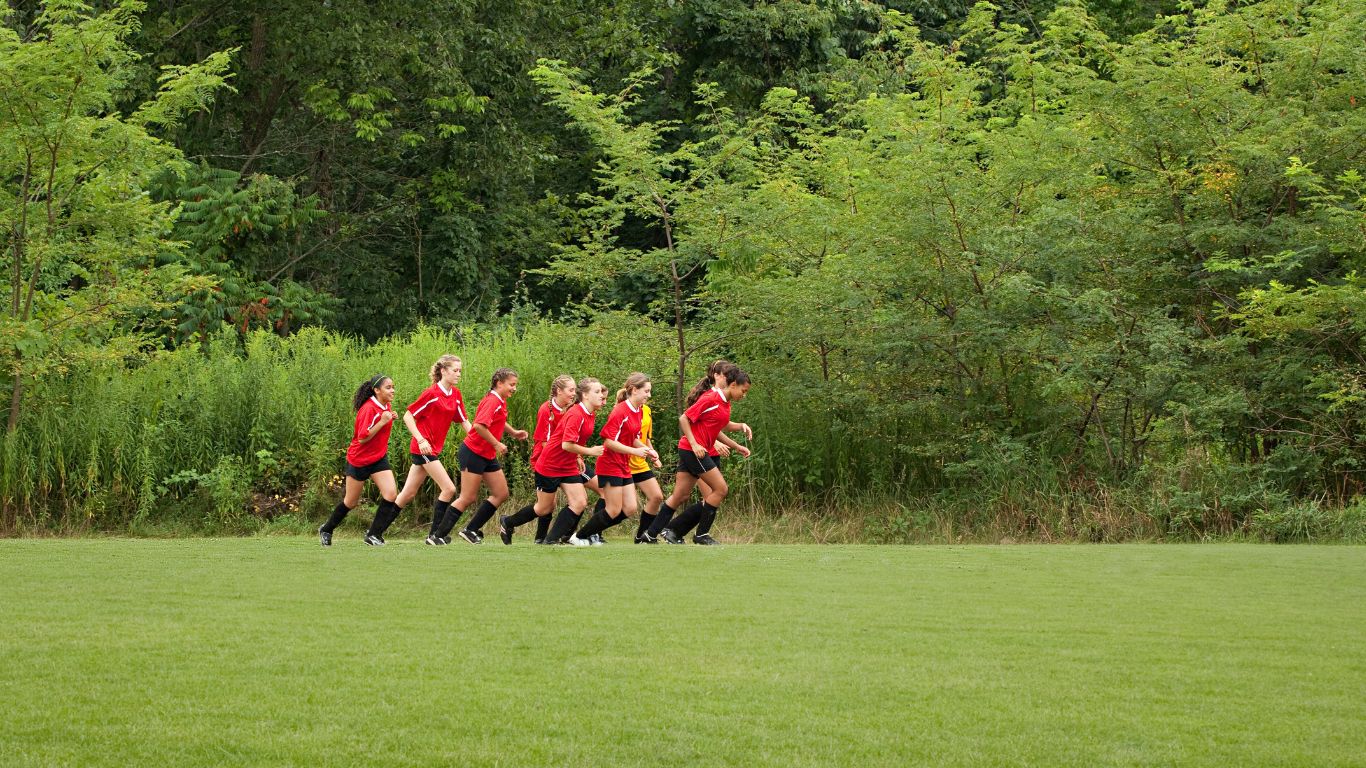Fan Engagement and Community Building in Sports Management
In the dynamic arena of sports management, fan engagement and community building are pivotal elements that vastly contribute to a sports entity’s success. Whether through a local club or a global franchise, fostering a deep and authentic connection with the fan base can improve loyalty, heightened visibility, and increase revenue streams. How an organization navigates these waters can make all the difference between a temporary audience and a lifelong supportive community.
Defining Fan Engagement
Fan engagement refers to the strategies and practices employed by sports teams and organizations to interact with, entertain, and retain their audience. It goes beyond mere viewership to include how fans are immersed in the sports experience.
Strategies for Enhancing Fan Engagement
- Utilizing Social Media Platforms: Social media is the epicenter of modern fan engagement. Organizations can maintain a dialogue with their audience by creating content that resonates with the fans, including behind-the-scenes access, interactive polls, and live Q&A sessions.
- Personalizing Fan Experiences: Today’s fans crave personalized interaction. This could range from targeting communications based on their interests to recognizing individual fan presence at games with customized messages or offers.
- Gamification: Introducing elements of gameplay, such as fantasy leagues or in-app games linked to live match events, can significantly enhance engagement.
- Loyalty and Reward Programs: Implementing systems that reward fan loyalty through merchandise discounts or exclusive experiences can strengthen emotional ties.
The Importance of Community Building
Community building in sports entails creating a sense of belonging among fans, where they feel part of something larger than themselves. This collective identity supports teams during successes and failures and serves as a platform for social interactions among like-minded individuals.
Techniques for Effective Community Building
- Hosting Engaging Events: Events such as fan meets, pre-game tailgates, and post-game celebrations encourage community by providing forums for fans to rally together.
- Supporting Fan Clubs: Recognizing and supporting official and unofficial fan clubs can validate the fans’ efforts and energize grassroots community growth.
- Encouraging User-Generated Content: Inviting fans to contribute content, like fan art or match predictions, fosters a community feeling and allows fans to participate actively in the narrative.
- Facilitating Social Responsibility: Aligning the sports organization with social causes and encouraging fans to volunteer or contribute helps forge a communal sense of purpose and responsibility.
Best Practices for Combining Engagement with Community
Merging fan engagement with community building can be potent. Here are some best practices:
- Integrated Multi-Channel Approach: Leveraging digital and physical channels ensures a cohesive and omnipresent community environment.
- Feedback Loops: Establishing feedback mechanisms where fans feel heard and see their suggestions implemented can enhance the sense of ownership they feel toward the team.
- Consistent Communication: Maintaining an ongoing conversation with fans, even during the off-season, keeps the community thriving and engaged year-round.
- Inclusive Atmosphere: Ensuring that community and engagement opportunities are accessible to all fans, regardless of demographics or physical ability, reinforces inclusivity.
Leveraging Technology in Fan Engagement and Community Building
The role of technology – from mobile apps and virtual reality to data analytics and AI – is increasingly fundamental in crafting personalized fan experiences and nurturing community spirit. Innovations in this space continually expand how fans interact with their favorite sports entities.
Challenges and Considerations
While engaging fans and building a community presents numerous advantages, there are also challenges, such as navigating the diversity within fan bases, dealing with negative community behavior, and balancing commercial interests with community values.
The Role of Leadership in Sports Management
Leaders within sports management are responsible for steering fan engagement and community-building efforts that align with the organization’s mission and values while resonating with fans. Visionary leadership, therefore, is crucial in sustaining and growing a vibrant sports community.
Concluding Thoughts
In an era where the sports landscape is as competitive off the field as it is on it, mastering the art of fan engagement and community building becomes not just advantageous but essential. By prioritizing these aspects, sports management professionals can ensure that their teams and organizations cultivate enduring legacies as much through their community initiatives as their on-field accomplishments.









